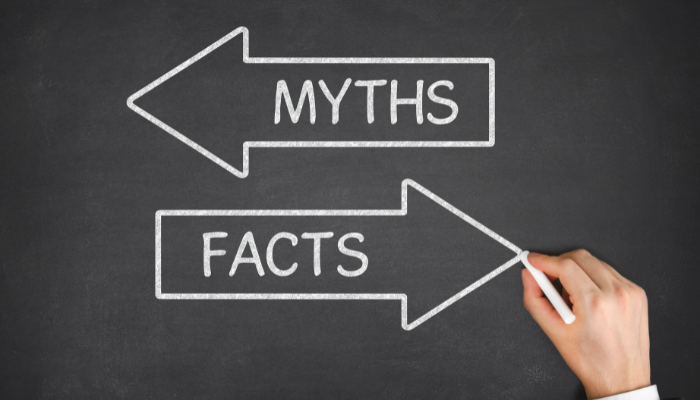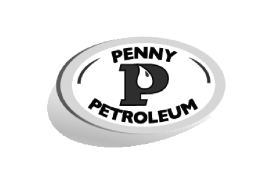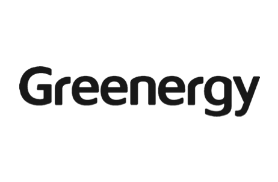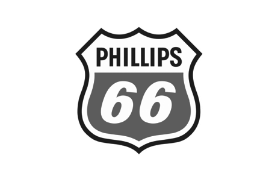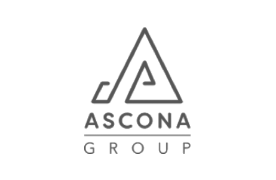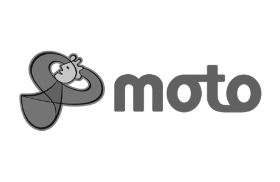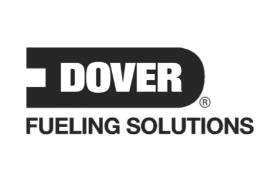If you haven’t heard of Mythbusters, it was a popular television programme with experts debunking rumours, urban legends and popular myths.
Now you may be thinking, “urban legends exist in fuel pricing? There are none.“
Au contraire!
There are plenty of ‘traditions’ that fuel retailers follow as the “correct way” to do things. But the results show this isn’t always the case.
Have a read below of some common myths in fuel pricing and the steps you can take to combat them.
“It’s impossible as a smaller retailer to compete with big operators”
Myth rating: 9/10
Over in the US, a Convenience Store News report showed a smaller decline in total dollar sales per store (14.6% vs 16.5%) and a smaller decline in average weekly transactions (11.4% vs 20.3%) in 2020. This shows the smaller operator perhaps offers something its larger competitors don’t.
Firstly, smaller players have the speed to market. And a changing market needs speedy decisions. Bigger players may have the money to make snap decisions, but typically larger contracts take longer.
If you are a small-to-medium operator, you’ll know that there is a much smaller group of people involved in the decision-making process. Maybe it is just you. You can adopt new technology quicker, get the latest ‘cool new products’ onto the shelves and make strategic fuel pricing decisions and action them later that day, all of which can drive profit for your business.
This leads to the control you have over stations. You probably talk directly with your Station Managers and decisions come from the top straight to the store. Larger players have multiple layers in their organization which often means changing something is more difficult or miscommunicated along the way.
You can receive information directly from the source and may well have better relationships in place with the boots on the ground. This means that you can set strategies that larger organizations can’t.
You can also adapt your strategies, your offerings and your pricing (in-store and fuel) to each store. You can double down on this, adapting particular strategies to suit the season, the month, the week, the day, or even the time of day.
Sure, your larger competition can do this too, but it’s tougher to be flexible in a larger machine. It’s like doing a u-turn in a compact versus a dump truck; it’s smoother, faster and you’ll get it done in fewer turns.
“My premium-grade spread is optimizes for profit.”
Myth rating: 10/10
Most retailers typically have a standard pricing formula for their premium grades that they rarely revise. It is a fixed differential on top of the regular grade that doesn’t see many changes, experimentation and reiteration.
But it is important to test your premium grades for sensitivity. After all, your premium grade is your highest-margin fuel product. This can be optimizes in several ways:
- The premium margins can increase the overall fuel profit (ok, this one is obvious)
- The premium margins can then be used to subsidise the regular grades, just like business class tickets subsidise the economy class on planes. Whilst the premium volume remains fairly untouched, with more affordable regular grades you may well be able to attract new customers to your station. This is particularly useful if you operate in an aggressive market.
- The premium grades can be reduced to entice regular-grade customers to make an upgrade. This one is a bit tougher to achieve, but when advertised well we have seen it be successful.
It’s also interesting to understand what percentage of fuel sold is a premium grade on any given day (or even by time if you are meticulous). You can then amend the above pricing offers to suit different customers. Now that is optimizes for profit!
“My biggest competitor is the cheapest in my market.”
Myth rating: 8/10
When was the last time you really thought about the competition?
Not on a day-to-day basis or just reviewed their pricing, but really looked at what they offer versus your stations?
Today’s consumer expects more from their station experience and as we pointed out in part one is not only focus on price when making their purchasing choices.
You will have unique attributes within your stations that determine whether someone will visit and indeed return. Facilities, cleanliness, shop offer, hot food, car wash, EV charging, vaping, and alcohol are just a few of the things consumers look for.
The best way to work out whether this myth is true for you or not is to draw up a list of what your competition offers versus your station. You might find out that you are competing on price with the wrong station.
Better yet, speak to your customers. They’ll tell you why they are visiting. A survey upon entry should do the trick here.
Get in touch or book a demo today to see how EdgePetrol can help your business.
[email protected] I EdgePetrol.com
If you missed Part 1, click here to have a read.

